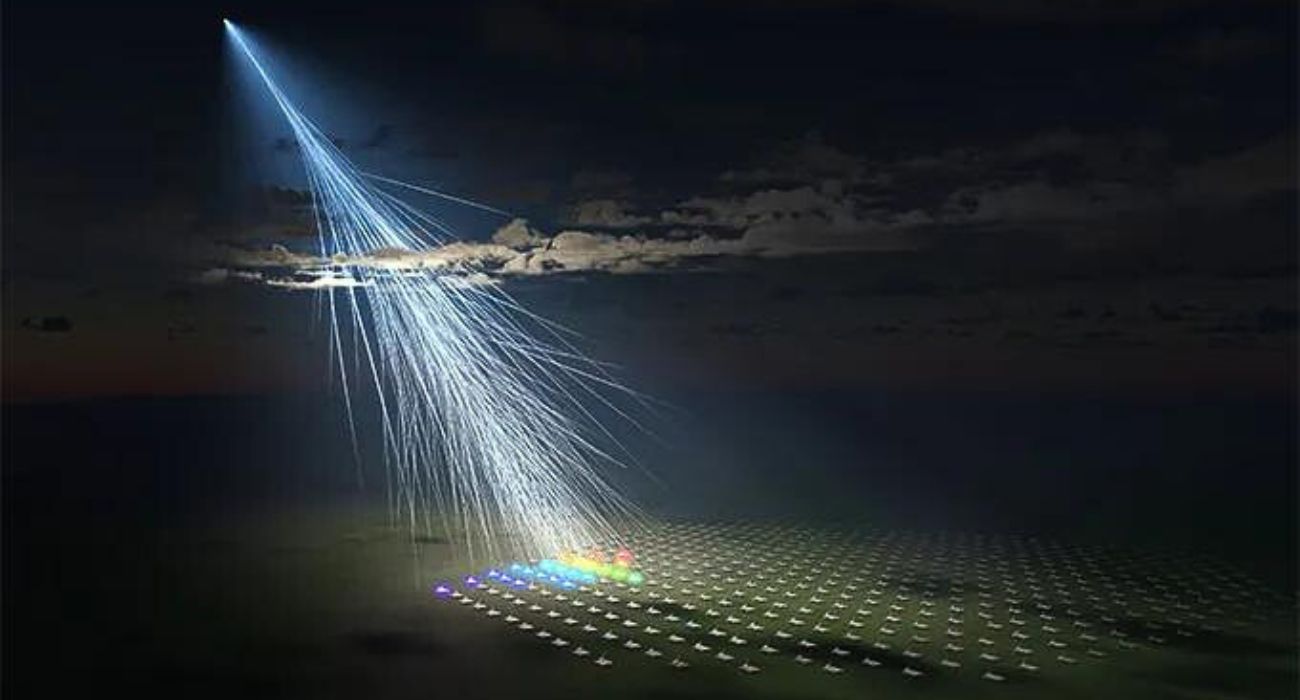Scientists have detected a new and extremely powerful cosmic ray, the most powerful detected since 1991.
Researchers from the University of Utah were using the Fly’s Eye experimental observatory during the evening hours of October 15, 1991, when they began tracking a stream of particles produced in the upper atmosphere through “high energy interactions” in an event known as an air shower. These scientists discovered a particle originating from space that created the event, dubbing it the “Oh-My-God particle,” according to the University of Utah.
The particle has been regarded as the most energetic cosmic ray ever discovered at 320 exa-electronvolts or 320 quintillion volts. However, scientists have documented another particle with similar energy levels in a recently published study.
Toshihiro Fujii, an astronomer at Osaka Metropolitan University in Japan, was conducting a routine data check at the Telescope Array in Millard County, Utah, in 2021 when he took note of strange readings that indicated the presence of another high-energy cosmic ray from deep space. The new ray had an estimated energy of 240 exa-electronvolts, according to Nature.
“It’s a huge, huge amount of energy but in a tiny, tiny, tiny object,” said John Matthews, an astroparticle physicist at the University of Utah, per Science News.
The particle was named “Amaterasu” after the Japanese sun goddess of the same name. Fujii said the readings had surprised him, and he initially thought they were mistaken. The scientists then began searching for the particle’s origin.
“The issue is that when you detect a high-energy cosmic ray at Earth, the arrival direction that you get will not point to the source because it will be deflected by … any magnetic field that would be in the way,” said Noémie Globus, another astroparticle physicist and Telescope Array collaborator, according to Science News.
Fujii and his colleagues eventually determined that the origin of the particle was a galactic void. They intend to increase the sensitivity of the Telescope Array four-fold to detect more high-energy particles and trace their origins with more certainty.






